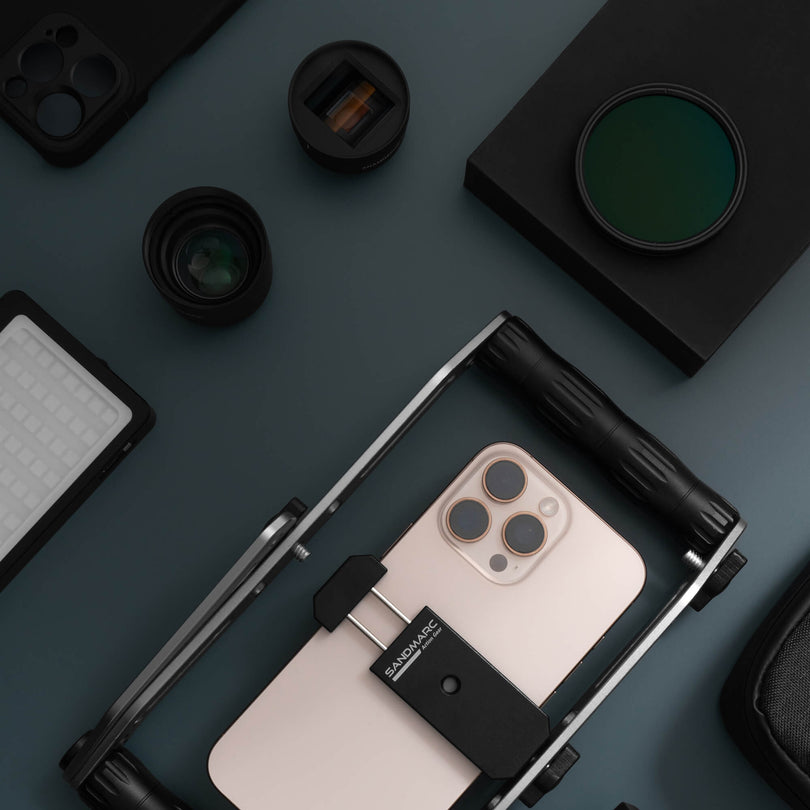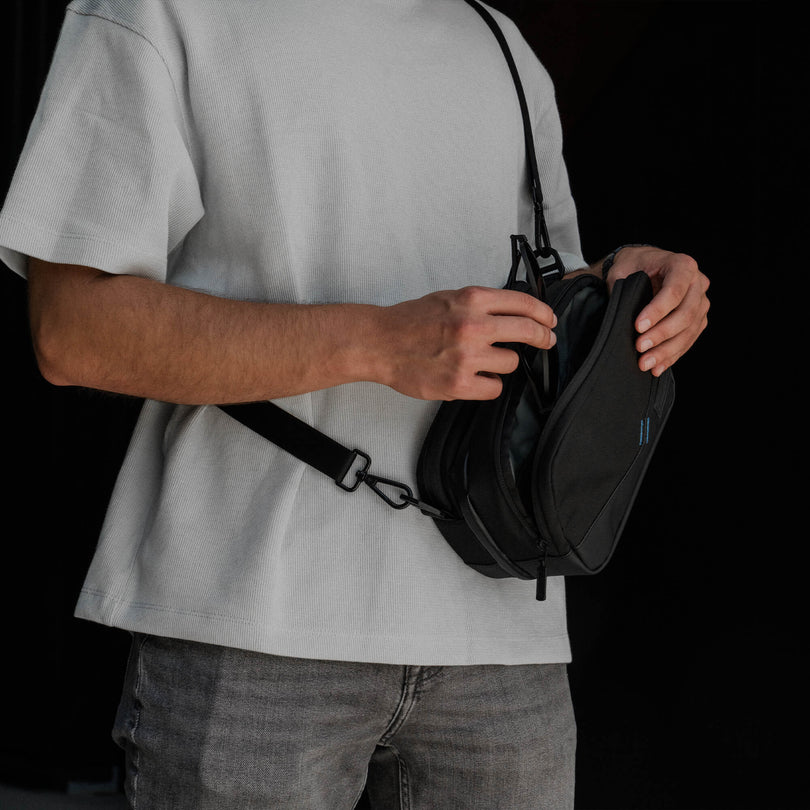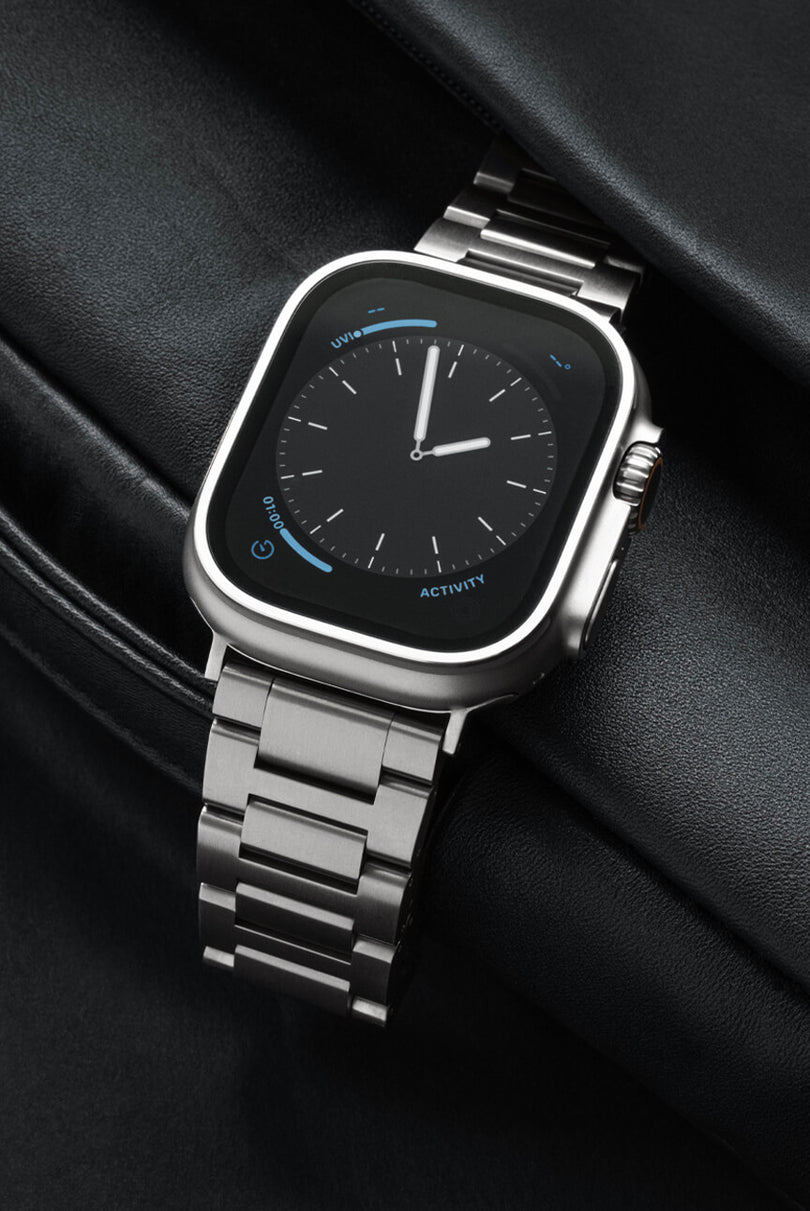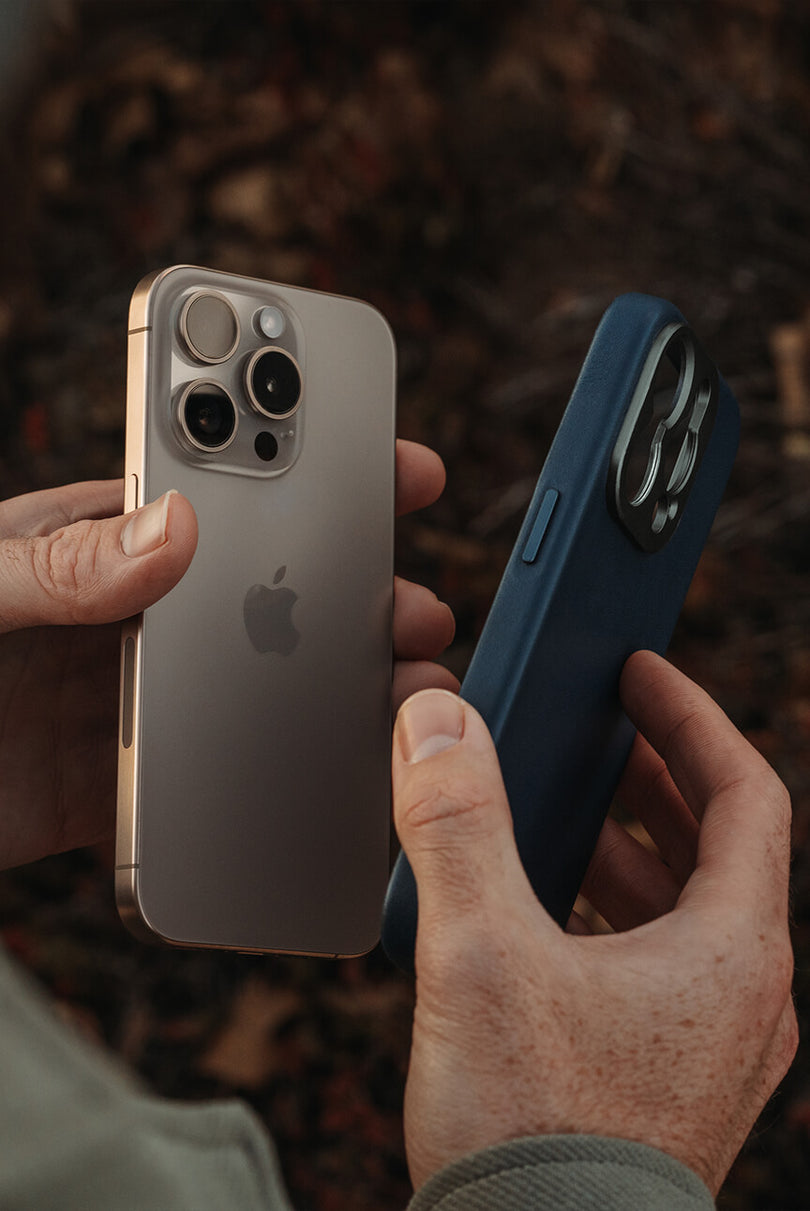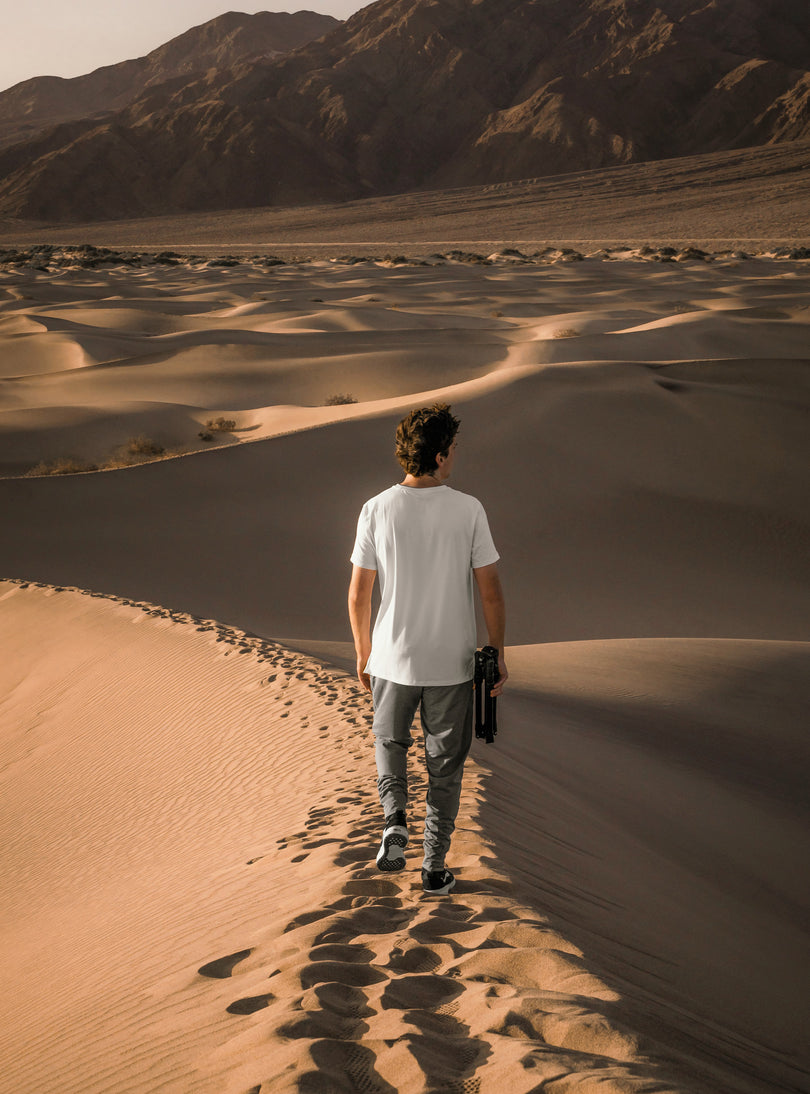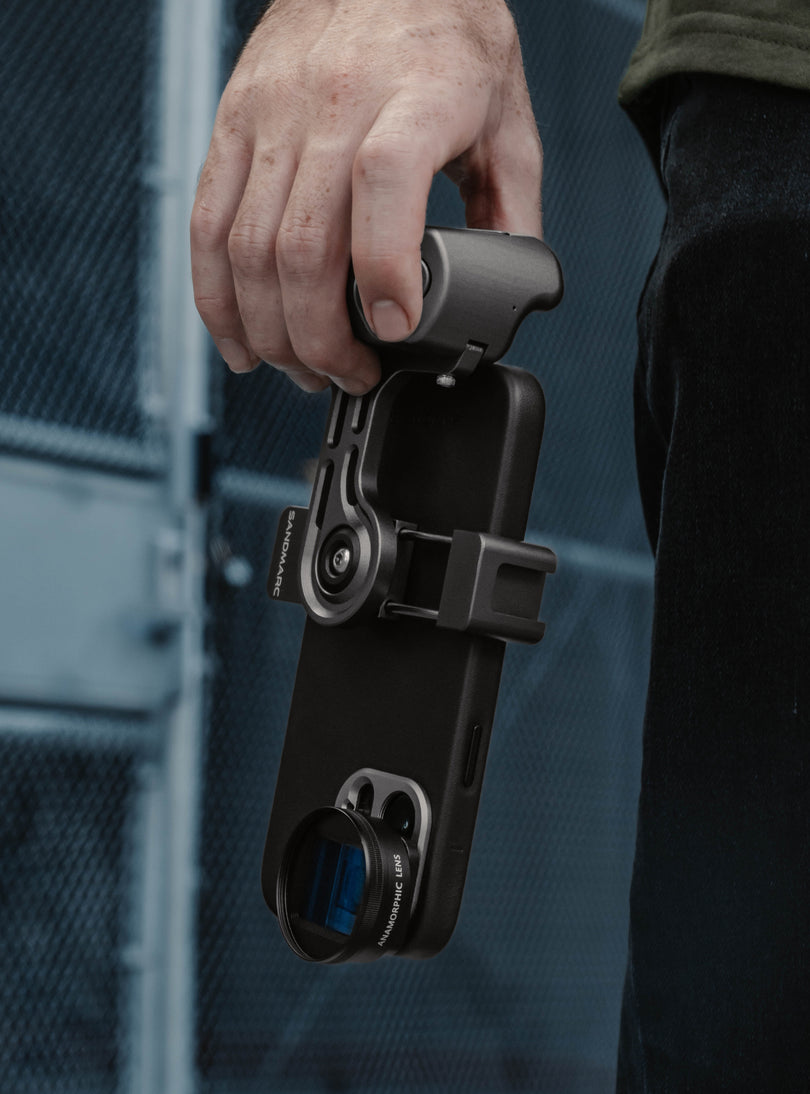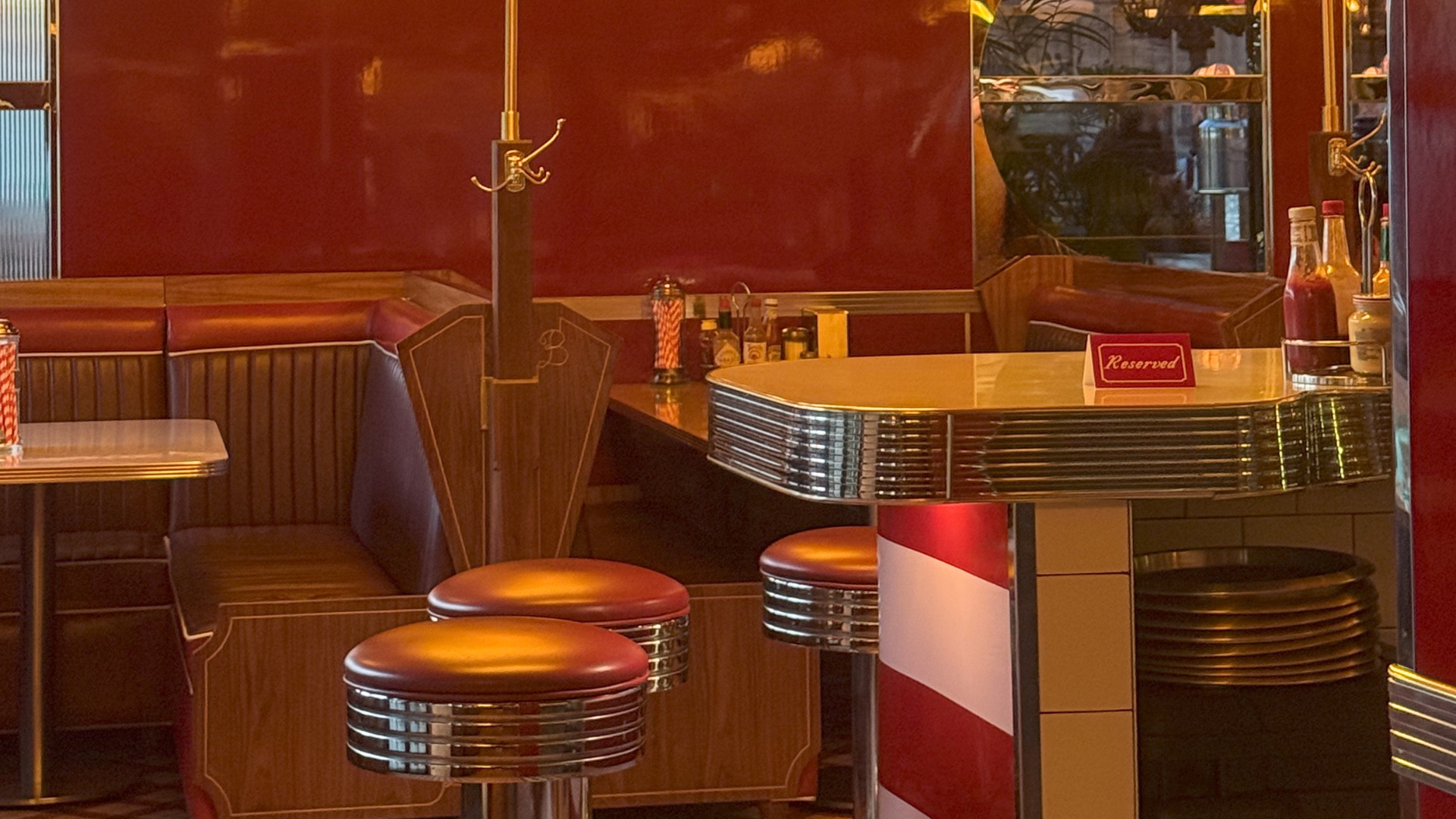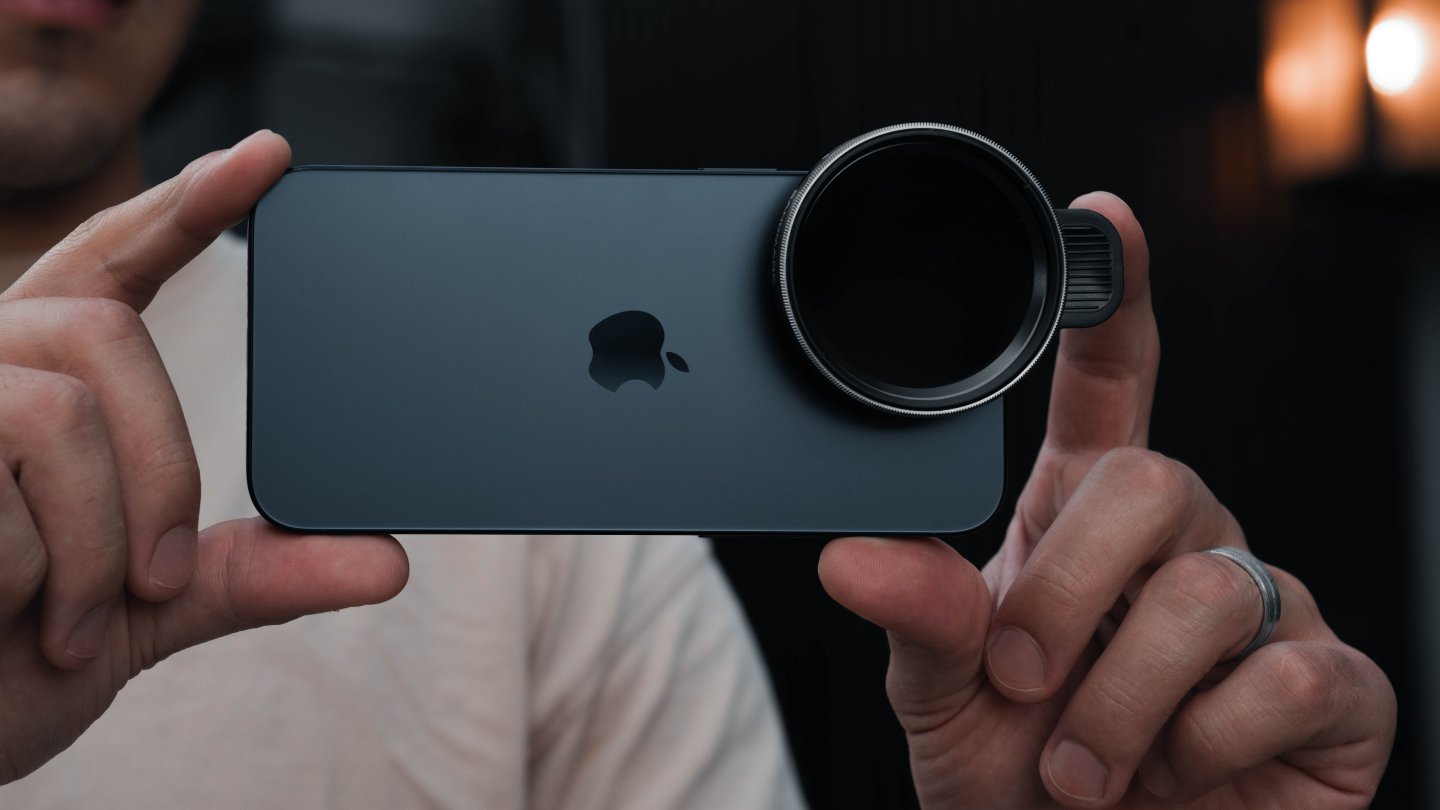How to Create a Short Film with an iPhone
If you’ve watched our latest short film on YouTube, this is your all-access pass to how we made it happen. Filmed entirely on the iPhone, this behind-the-scenes look reveals the lenses, accessories, and techniques we used to transform a simple idea into a cinematic production.
What is the Story You Want to Tell?
What is the story you want to tell? This is the fundamental question to ask yourself. Whether it’s a well-thought-out storyline or one that needs development, crafting a clear story is crucial for creating a script. Decide on the emotions you want to show rather than tell in your scenes, identify where dialogue is necessary, and evaluate whether each scene advances the narrative.
Storyboarding with visuals to accompany your script ensures you won’t miss key moments during the shoot. While artistic skill is not essential, having a clear visual plan helps you better understand the shots you need and where they will be filmed.
Storyboarding with visuals to accompany your script ensures you won’t miss key moments during the shoot. While artistic skill is not essential, having a clear visual plan helps you better understand the shots you need and where they will be filmed.
Pre-Production: Props, Wardrobe and Location
As you develop your storyboard, include the settings, which may require location scouting. Once your locations are determined and your storyboard is complete, you can shift focus to props and wardrobe.
Props and wardrobe significantly enhance your storytelling. Wardrobe choices reflect a character’s personality and help the audience connect with them on a deeper level. Similarly, props—whether used in specific scenes or as extensions of a character’s identity—add detail and depth to the narrative.
Ensuring cohesion between the story, wardrobe, props, and settings is essential for creating a unified and immersive cinematic experience.
Capturing a Short Film: Lenses, Filters and Audio
Telephoto for Close-Ups:
The SANDMARC Telephoto 2x Lens became our go-to for dramatic close-ups, capturing faces with a beautifully blurred background. It was especially handy for reaction shots, a staple of filmmaking.
For the film’s climactic tent scene, the Telephoto Lens created a tight, claustrophobic feel, adding tension to the story. This lens was instrumental in bringing the final vision to life.
The SANDMARC Telephoto 2x Lens became our go-to for dramatic close-ups, capturing faces with a beautifully blurred background. It was especially handy for reaction shots, a staple of filmmaking.
For the film’s climactic tent scene, the Telephoto Lens created a tight, claustrophobic feel, adding tension to the story. This lens was instrumental in bringing the final vision to life.
Wide Lens for Landscapes:
To capture expansive landscapes without sacrificing quality, we used the SANDMARC Wide Lens. This setup allowed us to retain the iPhone’s 48-megapixel sharpness, outperforming the built-in ultra-wide camera in low-light conditions.
To capture expansive landscapes without sacrificing quality, we used the SANDMARC Wide Lens. This setup allowed us to retain the iPhone’s 48-megapixel sharpness, outperforming the built-in ultra-wide camera in low-light conditions.
Macro for Fine Details:
For intricate details, we attached the SANDMARC Macro Lens. Its ability to get up close added layers of storytelling that traditional lenses might miss.
For intricate details, we attached the SANDMARC Macro Lens. Its ability to get up close added layers of storytelling that traditional lenses might miss.
Audio and Filters:
To capture clean audio, we used a lapel mic—ideal for mobility during car scenes. For maintaining cinematic motion blur, we attached SANDMARC’s Motion Filter, keeping the shutter speed at twice the frame rate for smooth, natural visuals.
To capture clean audio, we used a lapel mic—ideal for mobility during car scenes. For maintaining cinematic motion blur, we attached SANDMARC’s Motion Filter, keeping the shutter speed at twice the frame rate for smooth, natural visuals.
Cinematic Tools in Action
Cinema Slider
To elevate our transitions, we incorporated a slider for smooth, cinematic camera movements. Whether creating a parallax effect with trees or slow pans in the forest, the slider delivered professional-quality results.
Film Rig
For stability, we added a film rig with two handles, perfect for fluid, steady movements.
To elevate our transitions, we incorporated a slider for smooth, cinematic camera movements. Whether creating a parallax effect with trees or slow pans in the forest, the slider delivered professional-quality results.
Film Rig
For stability, we added a film rig with two handles, perfect for fluid, steady movements.
Overcoming Challenges:
Like any shoot, we faced hurdles, such as the iPhone overheating. A quick fix—a gel pack—kept the device cool and allowed us to stay on schedule without compromising quality.
Our short film is six minutes long, and people often ask if a five-minute short film can be filmed in a day. Our answer is yes—with the right preparation. Pre-production planning is crucial for ensuring a quick and efficient filming day. By carefully scheduling scenes, organizing equipment, and rehearsing ahead of time, you can maximize your shooting hours.
That said, the season you’re filming in plays a significant role. We shot our short film in summer, which gave us plenty of daylight to work with and helped us stay on schedule.
Like any shoot, we faced hurdles, such as the iPhone overheating. A quick fix—a gel pack—kept the device cool and allowed us to stay on schedule without compromising quality.
Our short film is six minutes long, and people often ask if a five-minute short film can be filmed in a day. Our answer is yes—with the right preparation. Pre-production planning is crucial for ensuring a quick and efficient filming day. By carefully scheduling scenes, organizing equipment, and rehearsing ahead of time, you can maximize your shooting hours.
That said, the season you’re filming in plays a significant role. We shot our short film in summer, which gave us plenty of daylight to work with and helped us stay on schedule.
Next Steps: Post-Production
After filming was completed we dove into post-production which involved, color grading, editing, and final touches to bring the story to life. We hope this inspired you to explore the endless possibilities of mobile filmmaking!
Author's Bio
SANDMARC offers photography gear for mobile creators, including top-tier lenses, filters, and accessories that elevate iPhone photography. Trusted worldwide, our products help users capture stunning visuals in any setting. Our blog provides tips, guides, and inspiration to enhance your creative journey, with advice and industry updates from our passionate team.

